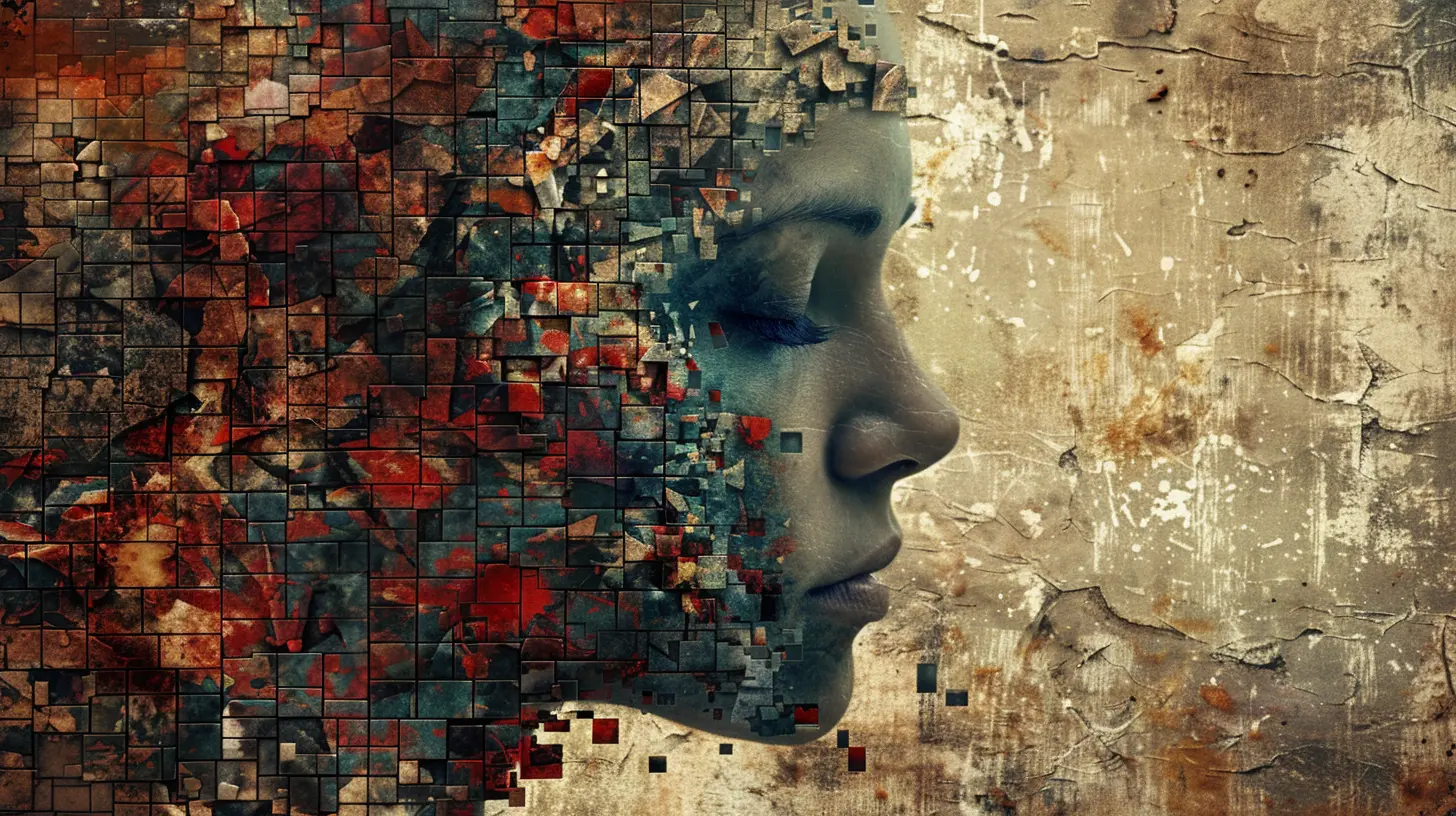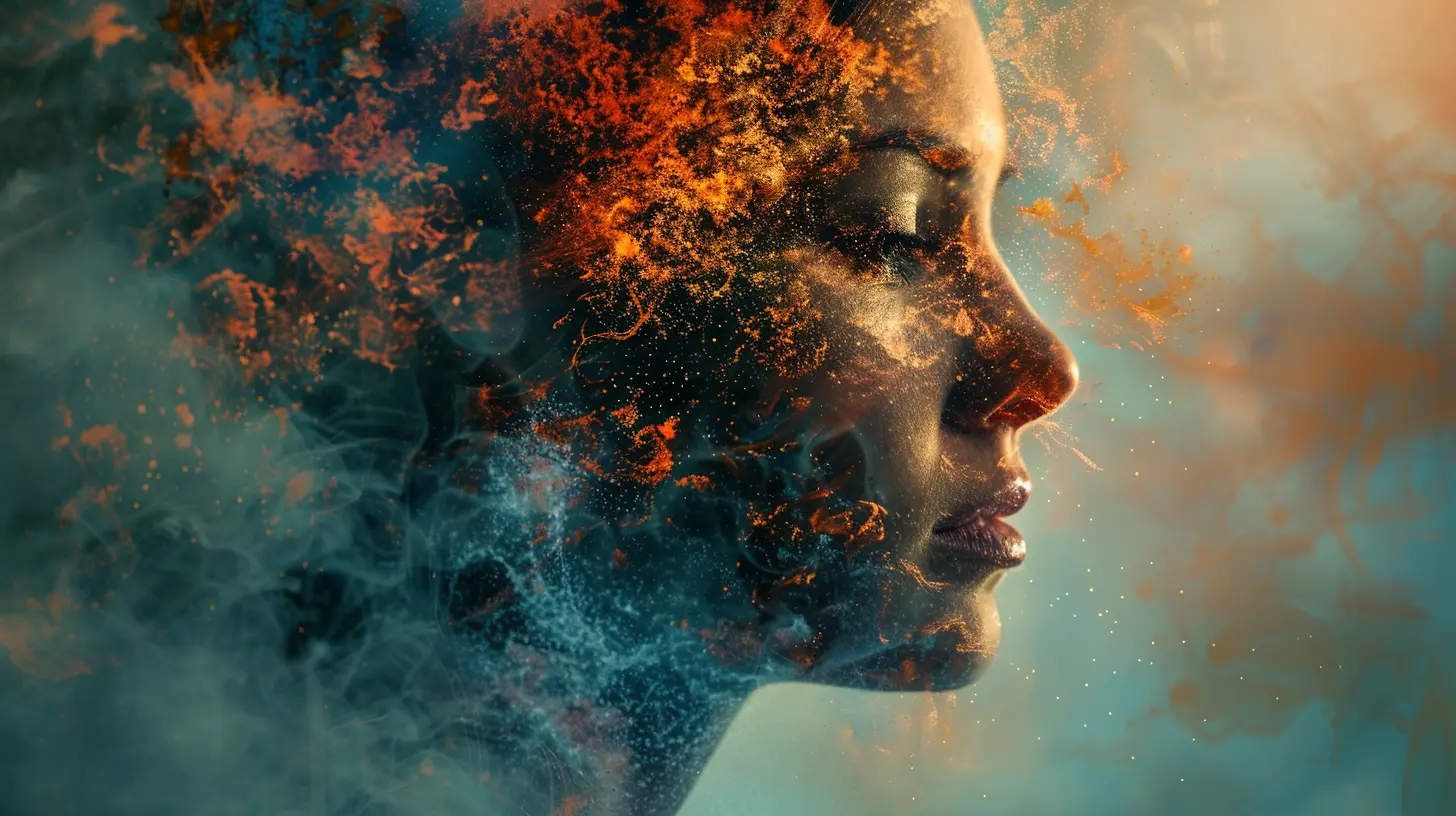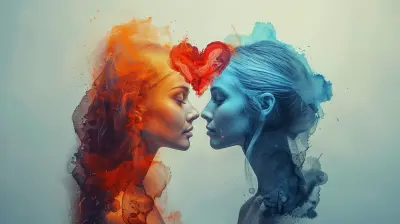Cultural Trauma: How Collective Experiences Shape Identity
28 July 2025
Trauma isn't just personal—it can be collective. Entire communities, nations, and cultures carry the weight of shared pain, shaping their identities for generations. Think about historical events like slavery, colonization, genocide, or forced migration. These aren't just chapters in history books; they're deeply ingrained in the psyche of those affected, influencing everything from traditions to personal beliefs.
But how does cultural trauma work? How does it shape identity across generations? And most importantly, can cultures heal from trauma? Let's dive in. 
What is Cultural Trauma?
Cultural trauma occurs when a group of people experiences a deeply distressing event that alters their collective identity. Unlike personal trauma, which affects an individual, cultural trauma impacts an entire community. The scars left behind manifest in cultural narratives, social behaviors, and even genetic expressions through epigenetics.How is it Different from Individual Trauma?
While personal trauma is deeply internal, cultural trauma is externalized. It's retold in stories, passed down through generations, and sometimes even embedded in laws and social structures. For example, descendants of Holocaust survivors or Indigenous communities who endured colonization often carry emotional burdens, even if they didn’t directly experience the events themselves.This brings up an essential point: cultural trauma isn't just about the past. It’s about how society continues to remember, interpret, and respond to that past. 
Examples of Cultural Trauma in History
To understand the power of cultural trauma, let's look at some major historical events that have shaped collective identities around the world.1. The Transatlantic Slave Trade and African Diaspora
The transatlantic slave trade forcibly removed millions from Africa, scattering them across the world. The trauma of slavery didn’t end with abolition—it lived on through systemic racism, segregation, and economic inequality. Even today, the Black Lives Matter movement echoes the pain of past injustices, proving that cultural trauma is not easily erased.2. The Holocaust and Jewish Identity
The Holocaust didn't just impact its direct survivors—it reshaped Jewish identity worldwide. The trauma of genocide led to increased efforts to preserve cultural heritage, fight for human rights, and establish a homeland (Israel) as a safeguard against future persecution. Generations later, fear and vigilance remain deeply embedded in Jewish communities across the globe.3. Indigenous Communities and Colonialism
Indigenous groups worldwide—whether in North America, Australia, or Africa—suffered immense cultural trauma due to colonization. The loss of land, forced assimilation, and destruction of native languages left deep scars. Today, efforts to reclaim indigenous traditions, languages, and identities are acts of resilience against cultural erasure.
How Cultural Trauma Gets Passed Down
Trauma doesn’t just vanish with time. It lingers, morphing into different forms that shape the lives of future generations. But how exactly does it get passed down?1. Through Stories and Collective Memory
Oral traditions, historical records, and personal accounts keep trauma alive. Think of how stories about war, oppression, or survival are passed from grandparents to grandchildren. These tales shape cultural identity, reinforcing fears, resilience, and a sense of collective struggle.2. Through Social Structures
Laws, policies, and societal norms often reflect cultural trauma. Systemic discrimination, segregation, and economic disparities are all remnants of historical injustices. Even when laws change, unwritten rules often persist, reinforcing trauma across generations.3. Through Epigenetics
Here's where science comes in. Studies suggest that severe trauma can leave genetic markers on DNA, affecting stress responses in future generations. While this field is still developing, there's growing evidence that trauma can be biologically inherited, not just socially transmitted.
The Psychological Effects of Cultural Trauma
Cultural trauma isn’t just a historical burden—it has real psychological impacts on individuals within affected communities.1. Collective Anxiety and Hypervigilance
Many cultures affected by trauma exhibit heightened vigilance. For example, Jewish communities often emphasize security measures at places of worship, and Black communities in America frequently discuss police interactions with their children. These behaviors stem from historical experiences of violence and persecution.2. Low Self-Esteem and Internalized Oppression
When a culture is repeatedly told it’s inferior, those messages seep into individual and collective psyches. Indigenous communities, for instance, have faced decades of being framed as "savages" in media and education, leading to struggles with self-worth and identity.3. Loss of Cultural Identity
Forced assimilation, oppression, and historical trauma can lead people to disconnect from their cultural roots. Many African Americans, for example, struggle with tracing their ancestral history due to the forced separation of families during slavery. Similarly, indigenous languages are disappearing worldwide due to colonial influence.Can Cultural Trauma Be Healed?
The good news? Yes, healing is possible. But it requires effort—both individually and collectively.1. Acknowledgment and Education
A critical step in healing cultural trauma is acknowledging it. When societies refuse to admit past wrongs (think of nations that deny past genocides), trauma festers. On the other hand, education—through history books, documentaries, and community dialogues—can help validate shared experiences and foster understanding.2. Cultural Reconnection
Reclaiming traditions, languages, and rituals helps restore a sense of identity. Movements to revive indigenous languages, celebrate African heritage, or preserve Holocaust stories aren’t just nostalgic—they’re acts of resistance against cultural erasure.3. Community Healing Practices
Many cultures have unique ways of addressing trauma. Indigenous healing circles, African storytelling rituals, and Jewish remembrance ceremonies are all examples of how communities heal together. These practices reinforce cultural identity while providing support for those affected.4. Policy and Reparations
Healing cultural trauma also requires structural changes. Financial reparations, land acknowledgments, and policy reforms help address historical injustices. While controversial, these measures demonstrate a commitment to righting past wrongs.Final Thoughts
Cultural trauma isn't just about remembering pain—it’s about understanding how history shapes identity, behavior, and society. Whether you belong to a community affected by cultural trauma or simply want to be more informed, acknowledging these shared experiences is a step toward healing.History might have left wounds, but resilience and cultural pride ensure that trauma doesn’t define the future. The past shapes us, but it doesn’t have to limit us.
all images in this post were generated using AI tools
Category:
Psychological TraumaAuthor:

Ember Forbes
Discussion
rate this article
1 comments
Elowen Scott
This article beautifully highlights the profound impact of cultural trauma on identity. Understanding these collective experiences fosters empathy and resilience, reminding us of the strength found in shared narratives. Thank you for sharing!
August 18, 2025 at 4:22 AM

Ember Forbes
Thank you for your thoughtful comment! I'm glad you found the article impactful. Understanding cultural trauma is indeed vital for fostering empathy and resilience in our communities.


